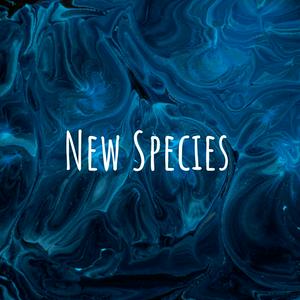For some people, a box of 100-year-old bee flies might seem daunting, but for Lisa Rollinson and Allan Cabrero, It was an exciting challenge. As part of a Smithsonian-based internship, Lisa worked with Allan to identify the flies, creating a new key for several genera and discovering a new species along the way. Flies aren’t the most charismatic group, but Lisa sees them as an unexpected opportunity to introduce people to taxonomy. “I think science can be really good for getting people curious and getting them invested in things they don’t think about very often, like flies,” she says. “I think that people are often more scientific than they actually think.” Listen in for a great conversation about bee flies and making accessible taxonomic resources that will hopefully stand the test of time. Plus, learn the sweet naming decision that makes this new species the “Sister Bug.”Lisa Rollinson and Allan Cabrero’s paper “Species discovery in Southern African bee flies (Diptera, Bombyliidae): A new species in the revised genus Enica (Macquart, 1834)” is in volume 66 Issue 1 of African Invertebrates.It can be found here: https://doi.org/10.3897/afrinvertebr.66.129611A transcript of this episode can be found here: Lisa and Allan - TranscriptNew Species: Enica adelpheEpisode image credit: Lisa RollinsonLucid Builder keys: https://keys.lucidcentral.org/keys/v4/enicaFollow Lisa on Twitter/X: @LisaRollinson5Follow Allan on Instagram: @allan_the_entomologistBe sure to follow New Species on Bluesky (@newspeciespodcast.bsky.social) and Instagram (@NewSpeciesPodcast) and like the podcast page on Facebook (www.facebook.com/NewSpeciesPodcast).Music in this podcast is "No More (Instrumental)," by HaTom (https://fanlink.to/HaTom)If you have questions or feedback about this podcast, please e-mail us at
[email protected] you would like to support this podcast and enjoy bonus episodes, please consider doing so at https://www.patreon.com/NewSpeciesPod
